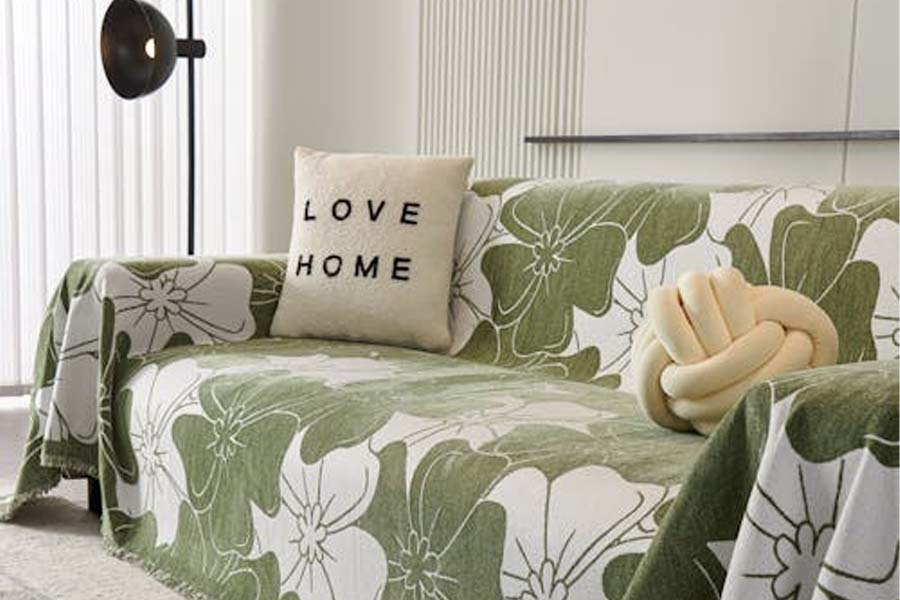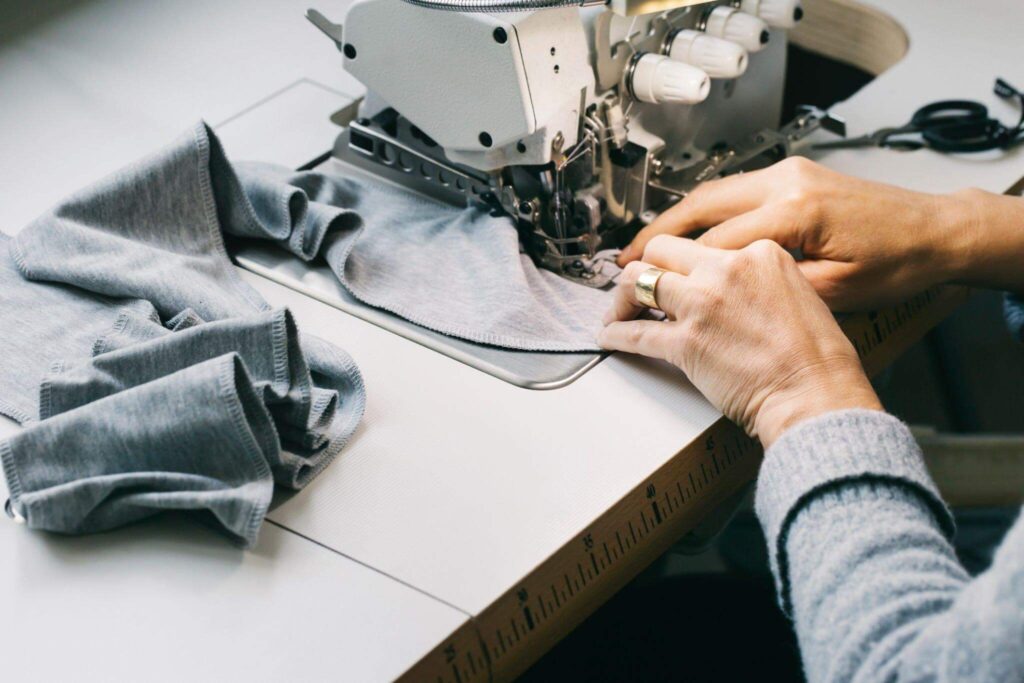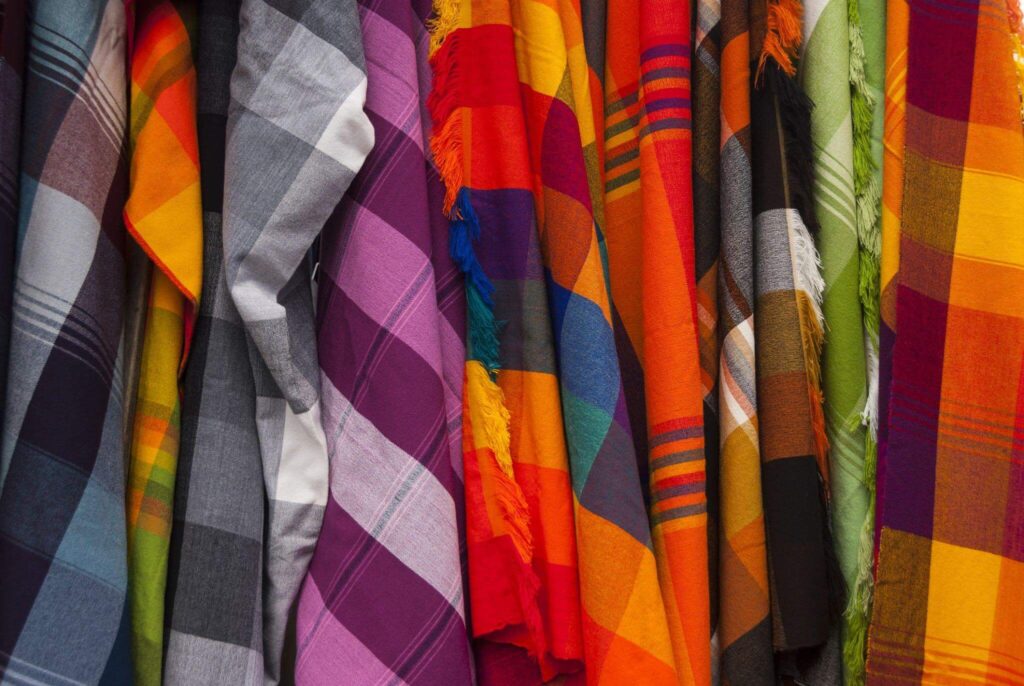Achieving laboratory-grade whiteness requires scientific precision in bleaching techniques. This definitive guide details professional protocols for revitalizing white textiles while preserving structural integrity across fabric compositions.
The Chemistry of Fabric Bleaching

Bleaching operates through oxidative decomposition of chromophores – the color-producing molecules within fibers. Two primary agents dominate textile applications:
- Chlorine bleach (NaOCl): Hypochlorite ions disrupt conjugated double bonds in dyes via electrophilic attack. Effective concentration: 3-6% aqueous solution
- Oxygen bleach (H₂O₂): Perhydroxyl anions (HOO⁻) perform nucleophilic oxidation at pH 9-11. Safer for protein-based fibers like silk and wool
Critical considerations include pH control (chlorine bleach optimal at pH 11-13), temperature sensitivity (avoid >40°C for NaOCl), and catalytic decomposition by metal ions. For professionally manufactured whites requiring minimal maintenance, explore Ludyway’s custom towel lines with built-in optical brighteners.
Scientific Bleaching Protocol
Fiber Compatibility Assessment
Conduct fiber identification before treatment:
| Fiber Type | Chlorine Bleach | Oxygen Bleach |
|---|---|---|
| Cotton/Linen | Safe | Recommended |
| Polyester | Not Recommended | Conditional |
| Wool/Silk | Damaging | Safe (pH controlled) |
| Spandex | Degrades | Limited |
Always verify care labels and conduct colorfastness tests on hidden seams using 1:10 diluted solution.
Environmental Controls
Implement safety measures:
- Ventilation: Maintain 10+ air changes/hour
- PPE: Nitrile gloves (0.3mm), APR with organic vapor cartridges
- Containment: Acid-resistant secondary trays
Precision Formulation
Standard concentrations:
- Chlorine bleach: 0.015-0.03% active chlorine (50-100ppm)
- Oxygen bleach: 0.5-1.5% hydrogen peroxide equivalent
For performance socks, use lower concentrations (0.008% NaOCl) to preserve elasticity.
Stain-Specific Pretreatment
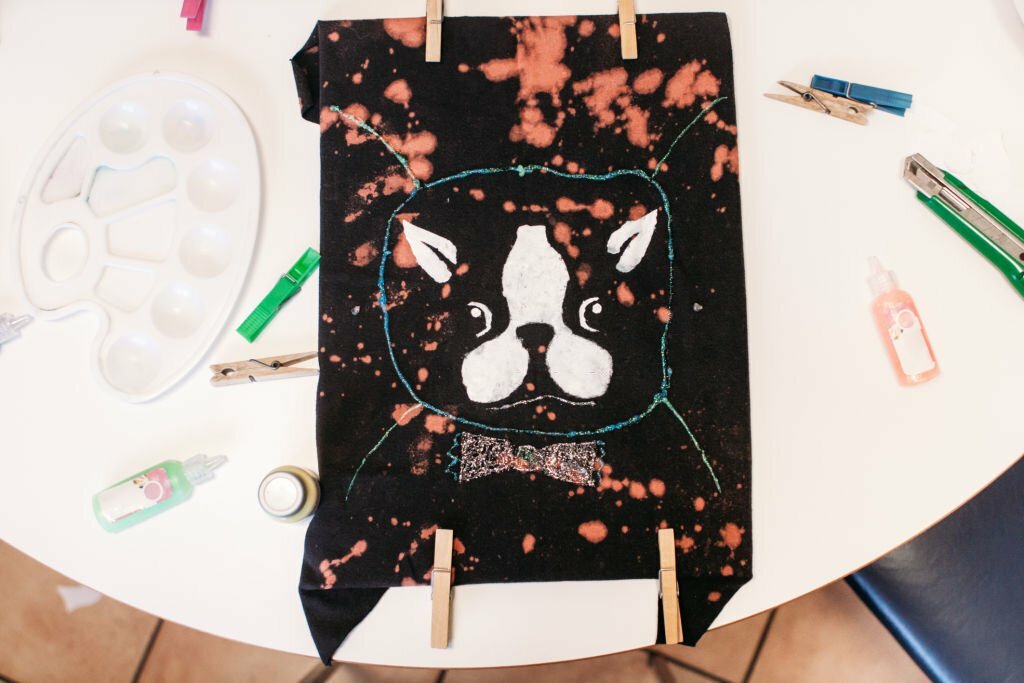
Targeted pretreatment enhances bleaching efficacy:
- Organic stains (wine/coffee): Enzymatic presoak (37°C/30min)
- Inorganic deposits (rust): Oxalic acid solution (1%)
- Protein-based (blood): Cold water protease treatment
For corporate uniform programs, implement institutional stain-release finishes during manufacturing.
Controlled Application Methods
- Immersion: 20:1 liquor ratio, mechanical agitation
- Localized: Syringe application under magnification
- Ultrasonic: 40kHz for deep fiber penetration
Neutralization & Final Rinsing
Critical post-bleach steps:
- Acidic stop bath (0.5% acetic acid) for NaOCl deactivation
- Triple rinse with deionized water (20°C)
- Residual testing with starch-iodide paper
Bleach Selection Matrix

Chlorine Bleach Applications
Deploy sodium hypochlorite for:
- Mold eradication (0.06% solution/15min contact)
- Hospital textile sanitation
- Cotton linen restoration (monitor pH >10)
Avoid on:
- Spandex blends (polymer degradation)
- Silk (peptide bond hydrolysis)
- Wool (cysteine oxidation)
Oxygen Bleach Advantages
Opt for peroxygen compounds when:
- Processing colored cotton tees
- Treating protein fibers
- Environmental compliance required
Activation protocol:
- Dissolve sodium percarbonate (40°C)
- Adjust to pH 10.5 with sodium carbonate
- Maintain 60°C for optimal perhydroxyl yield
Optical Enhancement Techniques
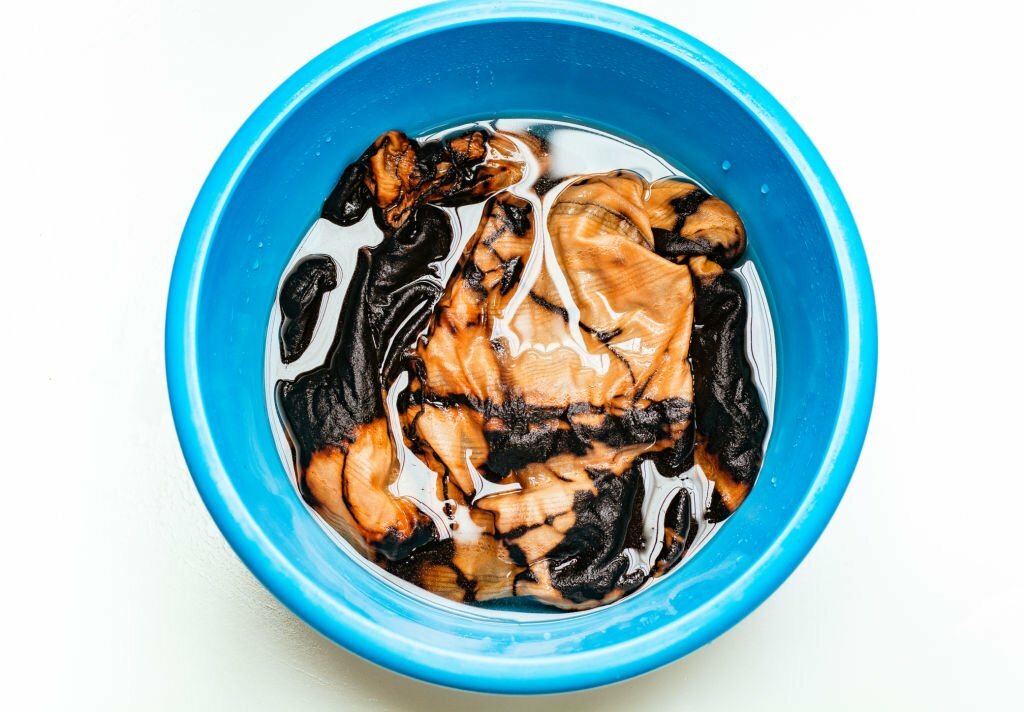
Supplement bleaching with optical brightening agents (OBAs):
- DSD acid derivatives: For cellulose (excitation 365nm)
- Cationic types: For polyamide fibers
- Application: 0.1-0.5% owf at 40°C/pH 7
Measure whiteness index (CIE WI) with spectrophotometry: Target >85 for premium whites. Ludyway’s manufacturing processes incorporate OBAs directly into yarn substrates for permanent brightness.
Institutional Textile Maintenance
For commercial operations:
- Implement automated dispensing systems (±0.5% accuracy)
- Conduct weekly titration testing (active chlorine/peroxide)
- Install reverse osmosis water treatment
Technical consultation: info@ludyway.com
Mastering these scientific protocols ensures textile longevity while achieving optical perfection. Implement precision bleaching to transform lackluster fabrics into radiant whites.




